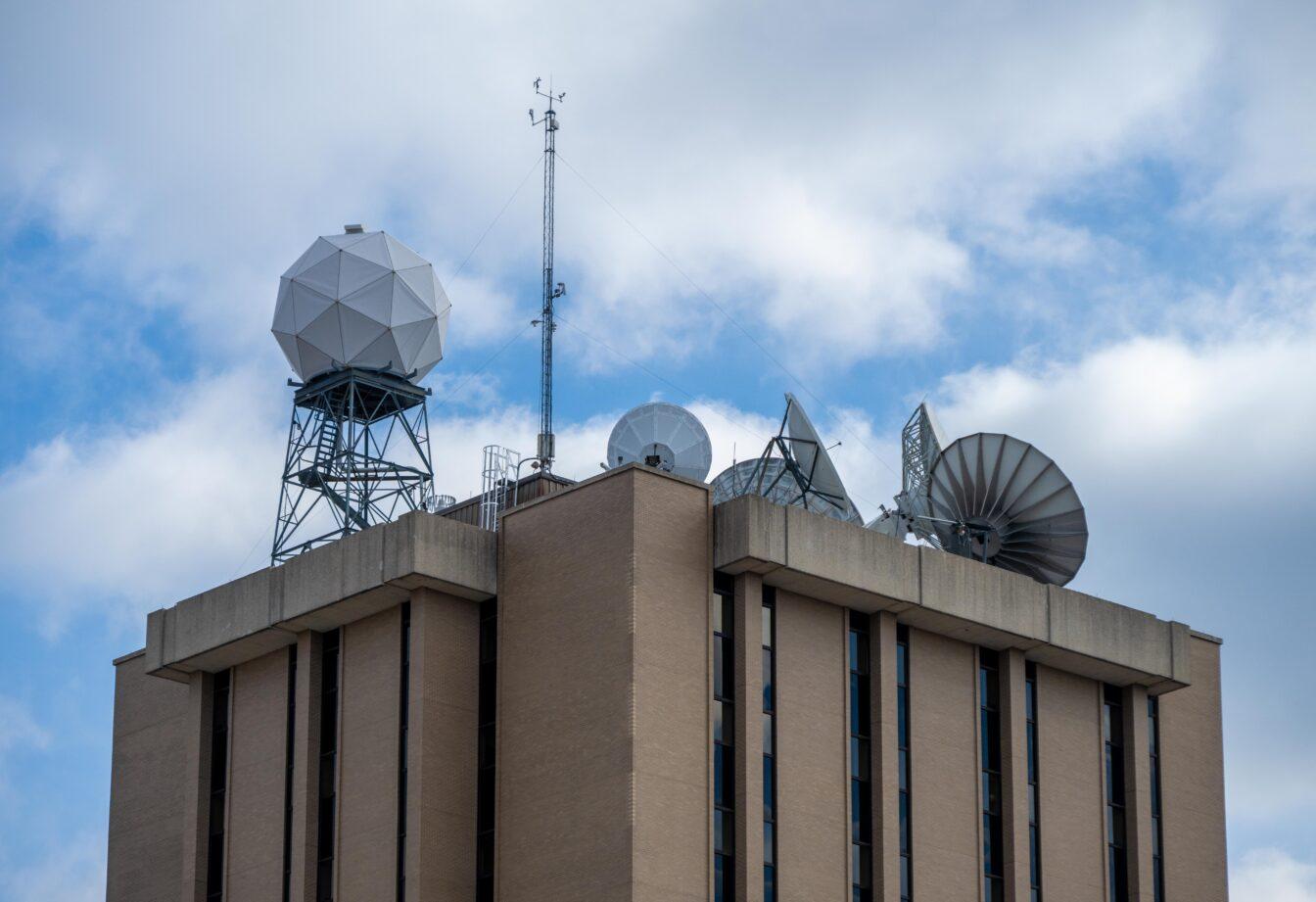As Wisconsin observes Severe Weather Awareness Week from April 7-11, residents are reminded of the critical importance of preparedness during the state’s peak tornado season.
This initiative is meant to emphasize the necessity for individuals and communities to review and practice their emergency response plans in anticipation of severe weather events, according to Ready Wisconsin.
The week’s activities include statewide tornado drills scheduled for Thursday, April 10 at 1:45 p.m. and 6:45 p.m.
These drills provide an opportunity for schools, businesses and households to rehearse their safety protocols, ensuring everyone knows the designated shelter areas and the actions to take when a tornado warning is issued, according to Ready Wisconsin.
Wisconsin’s is vulnerable to tornadoes, according to the National Weather Service. In 2024, the state experienced 45 confirmed tornadoes, the third-highest number of tornadoes recorded in Wisconsin’s history.
To improve public safety, the National Oceanic and Atmospheric Administration has been working on improving tornado warning lead times.
The Warn-on-Forecast project, led by NOAA’s National Severe Storms Laboratory, seeks to increase warning lead times by utilizing high-resolution models and high-performance computing to issue probabilistic forecasts before tornadoes develop.
Professor Michael Morgan from the UW Department of Atmospheric and Oceanic Sciences highlighted the significance of these technological advancements.
The integration of artificial intelligence into forecasting models has enabled the rapid generation of probabilistic forecasts, potentially increasing lead times and allowing for more timely public alerts, Morgan said. This progress enhances the ability of emergency management agencies to disseminate warnings through mobile alerts and siren systems, thereby improving public response times and safety.
Rather than issuing a tornado warning based on observations or radar indicated signature, experts can look at a thunderstorm that has developed and issue a warning based on the probabilities that a tornado would emerge, Morgan said.
Morgan advised residents to stay informed about watches and warnings, identify sturdy shelter locations within their homes or workplaces and act promptly when alerts are issued.
“When you hear that you’re in a watch or warning area, keep your ears open to updates and make sure you’ve identified places within your home or office to take shelter,” Morgan said.
Severe Weather Awareness Week serves as a timely reminder for Wisconsin residents to equip themselves with the knowledge and tools necessary to respond effectively to severe weather threats, Morgan said.
Morgan stressed the gravity of tornado watches and warnings given the expertise of those responsible for issuing them.
“Take it seriously,” Morgan said. “Every time a watch or warning is issued, there are a number of dedicated scientists that have been working on making sure that they’re providing you the best guidance.”
For more information on emergency preparedness and assistance for creating an emergency plan, visit https://readywisconsin.wi.gov.


